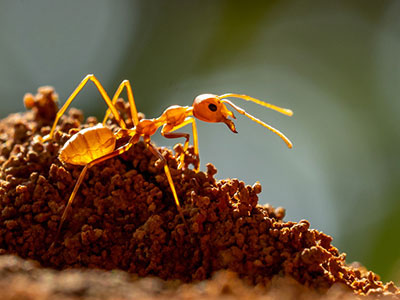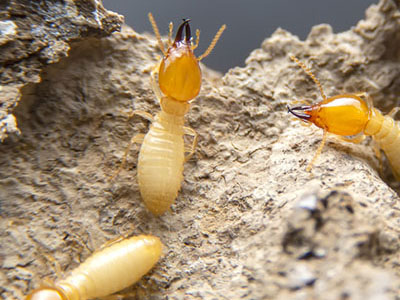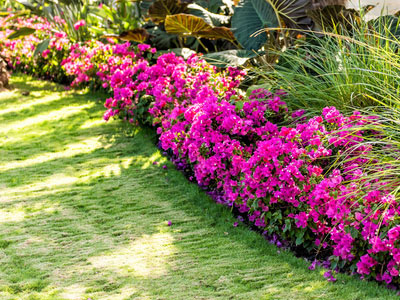There are a few different types of grass that you’ll find in southern Florida. Whether you have St. Augustine Grass, zoysia, Bermuda, or ornamental grass, each requires continuous care and attention. Additionally, with the subtropical climate of Florida, the excess moisture can make it even harder to maintain your lawn. Damp grass can attract different pests, diseases, and weeds. Luckily, Hulett Environmental Services provides lawn care services on top of pest control solutions.
Lawn Spraying and Fertilization Discounts & Coupons
Valid on new service only. Discounts cannot be applied toward current services or renewals.
Zoysia Grass
Zoysia grass grows best during the warmer months, while exposed to sun. This type of grass is ideal for those looking for a luscious lawn. This grass grows best in full sun but can tolerate partial shade. Zoysia grass is known to grow slower than others, but if cared for properly, it develops a sturdy turf and healthy green appearance.
Bermuda Grass
There are two types of Bermuda grass found in Florida: common Bermuda and hybrid Bermuda. The texture of common Bermuda grass is relatively rough, while hybrid Bermuda grass is softer. Bermudagrass has a dense, full, dark green, carpet-like appearance that is beautiful in a landscape. Bermudagrass is commonly used as sports turf and can be found on golf courses, athletic fields, but also residential homes and commercial buildings where the appearance of the landscape is the top priority. Homeowners who select this turf type will require professional pest and fertilization services to maintain its luscious appearance.
Ornamental Grasses
Ornamental grasses are a beautiful addition to any landscape, adding texture, movement, and visual interest. Whether used as a focal point, border, or as part of a larger planting scheme, ornamental grasses bring a unique charm to gardens and outdoor spaces. Beyond their aesthetic appeal, ornamental grasses are also relatively low maintenance, requiring minimal watering and pruning. They are known for their resilience, thriving in sun and shade, and are often drought-tolerant.
St. Augustine Grass
Also known as Charleston grass or Buffalo turf, St. Augustine grass is popular in tropical and subtropical regions. This type of grass does well in warm weather and full sun. It reaches peak growth in summer and slows down during the colder months. However, this grass requires a routine watering schedule, at least two or three times each week during the drier months, but then decreasing the watering schedule during the rainy season. Proper mowing maintenance is also critical to maintaining a healthy St. Augustine turf and helps protect it from weeds, disease, and bug infestations. It’s important to follow a turfgrass maintenance calendar based on your state and season to keep this grass healthy.
Bahiagrass
Easy to maintain, bahiagrass is a low-maintenance grass that can tolerate minimal water and fertilization treatments. However, this turf can be prone to fire ant infestations, since it generally receives less maintenance like mowing and watering compared to other turf types. Mole crickets can also destroy bahiagrass roots, which is detrimental to the health of the grass. Luckily, Hulett has solutions to treat biting bugs and lawn-destroying pests, such as fire ants and mole crickets.
Keep Your Lawn Healthy With Hulett
While each type of grass has different nourishment requirements, Hulett can help you keep your grass in its best condition. At Hulett, we offer lawn care services such as weed control, fertilizer treatments, treatment against fungus diseases, and lawn pest control solutions. Protect your lawn from turf-eating insects and pesky weeds with Hulett. Find the nearest Hulett service area to get started. Our team is eager to help you with your lawn care and pest control needs!



